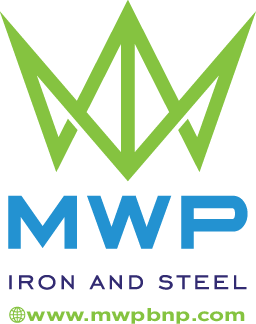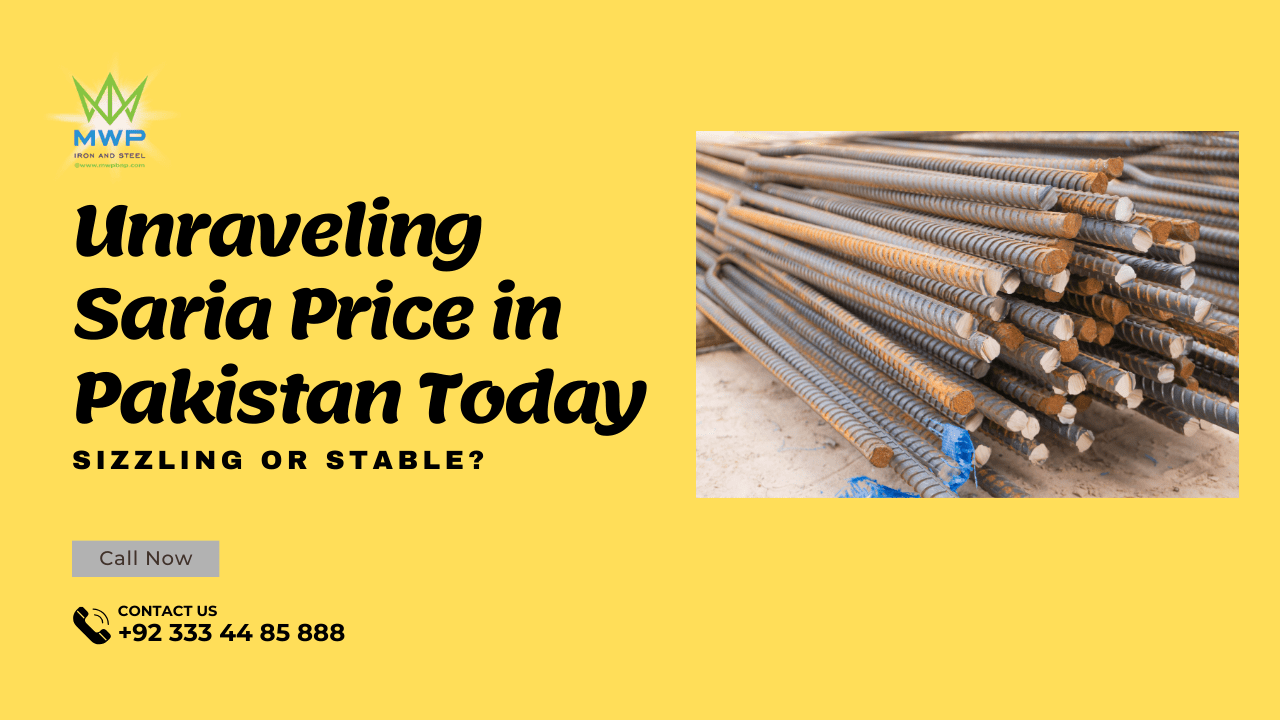Sirya Price In Pakistan Today:
Sirya Price In Pakistan Today: Building your dream home or tackling a towering commercial project? Then you know the heat is on… not just from the Pakistani sun, but from the ever-fluctuating world of steel! Saria, the lifeblood of construction, can make your budget sing or leave it whimpering in the corner. So, the question on everyone’s mind is: are sirya price in Pakistan sizzling hot or holding steady today? Buckle up, construction comrades, because we’re about to delve into the fiery depths of this critical material, uncovering the current rates, dissecting the factors fanning the flames, and even offering expert insights to help you navigate this molten market. This is no time for guesswork. Let’s equip you with the knowledge to make informed decisions that won’t leave your bank account in ashes. Stay tuned, and you’ll be wielding saria savvy like a construction ninja in no time!
Unveiling the Numbers: Current Saria Prices in Pakistan (February 9, 2024)
The suspense is building, just like your construction project! Let’s dive into the heart of the matter: the current sirya prices in Pakistan. But before we plunge into the numbers, remember, saria isn’t a one-size-fits-all deal. Prices vary depending on size, grade, and even the steel company you choose. Think of it like choosing the right spice for your culinary masterpiece – each variant adds a unique flavor to the final price.
Breaking Down the sirya Spectrum:
Now, onto the main course! Here’s a table showcasing the current prices for different saria sizes and grades, as of February 9, 2024:
| Size (Sutar/mm) | Grade 40 Price (Per KG/Ton) | Grade 60 Price (Per KG/Ton) |
|---|---|---|
| 4 sutar (12mm) | PKR 262 / PKR 262,000 | PKR 264 / PKR 264,000 |
| 5 sutar (16mm) | PKR 262 / PKR 262,000 | PKR 265 / PKR 265,000 |
| 6 sutar (20mm) | PKR 260 / PKR 260,000 | PKR 263 / PKR 263,000 |
| 7 sutar (22mm) | PKR 260 / PKR 260,000 | PKR 266 / PKR 266,000 |
Decoding the Numbers:
As you can see, Grade 40 saria tends to be slightly cheaper than Grade 60, reflecting its lower strength. But remember, strength comes at a premium! When choosing your saria, consider the specific requirements of your project before solely focusing on price.
Understanding Regional Variations:
Prices may also vary slightly across different cities in Pakistan. For instance, Karachi usually sees slightly higher prices due to higher transportation costs. It’s crucial to consult local retailers or online platforms for the most accurate prices relevant to your specific location.
The Price Dance: Unmasking the Forces Behind Saria Fluctuations
Saria prices waltz to a complex rhythm, influenced by a myriad of factors beyond the steel mill furnace. Understanding these forces equips you to anticipate trends and make informed decisions about your construction budget. So, let’s pull back the curtain and illuminate the key players in this market drama:
1. Raw Material Tango:
Imagine a fiery tango between iron ore, coal, and scrap metal. Their prices directly impact steel production costs, and ultimately, sirya prices. Global events like trade wars or natural disasters can disrupt the supply chain, causing these raw materials to pirouette wildly, sending saria prices along for the ride. For instance, recent tensions between major iron ore producers have contributed to price volatility in the market.
2. Production Cost Crescendo:
Steel production isn’t just about raw materials; it’s a synchronized symphony of labor, energy, and transportation costs. Any increase in these elements, like rising fuel prices or higher wages, can lead to a crescendo in production costs, reflected in the final price of saria. Remember the recent surge in global energy prices? It’s left its mark on steel production, contributing to the current price fluctuations.
3. Demand and Supply Duet:
Just like any market, supply and demand play a delicate duet in determining saria prices. A booming construction industry with high demand for steel can cause prices to rise, while an economic slowdown might lead to a surplus of supply and lower prices. Keep an eye on infrastructure projects and overall economic trends to get a sense of the demand-supply equation and its potential impact on future prices.
4. Global Market Harmonies:
The world of steel is interconnected. International steel prices, influenced by factors like production levels in major steel-producing nations and global trade policies, can harmonize with Pakistani prices. For example, a major steel producer experiencing production issues can create ripples in the global market, affecting prices even in Pakistan.
5. Currency Exchange: A Complex Ballet:
The intricate ballet of currency exchange rates can also influence saria prices. If the Pakistani rupee weakens against major currencies like the US dollar, imported raw materials become more expensive, leading to higher production costs and potentially impacting saria prices. Staying informed about currency fluctuations can help you anticipate potential shifts in the domestic market.
Gazing into the Crystal Ball: Expert Insights and Future Predictions
The future of saria prices can be as murky as a half-mixed pot of concrete. But fear not, intrepid builders! We’ve consulted industry experts to glean their insights and predictions, helping you make informed decisions for your project:
1. Navigating the Current Climate:
Expert Quote: “The current market presents a mixed picture,” says Mr. Ali Hassan, CEO of a leading steel company in Pakistan. “While we see some stabilization in raw material prices, rising energy costs and ongoing infrastructure projects suggest continued price fluctuations in the near future.”
Key Takeaway: Expect some volatility in the short term, but it’s unlikely to be drastic. Focus on securing reliable suppliers and budgeting with flexibility.
2. Anticipating Long-Term Trends:
Expert Quote: “Technological advancements in steel production could lead to long-term cost reductions,” predicts Ms. Ayesha Khan, a sustainability consultant in the construction industry. “However, global economic factors and government policies will continue to play a significant role.”
Key Takeaway: Look for innovative steel solutions that offer cost-effectiveness and sustainability benefits. Stay informed about government policies impacting the steel industry.
3. A Word on Sustainability:
Expert Quote: “Sustainable steel production practices are gaining traction, potentially impacting future prices,” remarks Mr. Khalid Ahmed, an environmental engineer specializing in construction. “While costs for eco-friendly options might be slightly higher now, they offer long-term benefits and reduce environmental impact.”
Beyond Price: Wise Saria Purchases for Savvy Builders
Price is undeniably crucial, but it’s just one piece of the puzzle when buying saria. Wise builders know that factors like quality, brand reputation, and delivery costs can significantly impact their project’s success. Let’s explore these additional considerations to ensure you make informed saria purchases:
1. Quality: The Cornerstone of Construction:
Don’t let low prices tempt you into compromising on quality. Subpar saria can compromise the structural integrity of your project, leading to costly repairs or even safety hazards. Look for certifications like PSQCA (Pakistan Steel Quality Control Authority) to ensure the saria meets national standards. Additionally, reputable brands often implement stricter quality control measures, offering greater peace of mind.
2. Brand Reputation: Building Trust, Brick by Brick:
Choosing a reliable brand goes beyond just the product itself. Reputable brands offer consistent quality, readily available stock, and readily accessible customer support. They are also more likely to be transparent about their manufacturing processes and adhere to ethical sourcing practices. Research various brands, read customer reviews, and prioritize those known for their quality, reliability, and ethical commitment.
3. Delivery Costs: The Final Leg of the Journey:
Don’t forget to factor in delivery costs when comparing prices. While a seemingly cheaper option might initially be tempting, high delivery charges can negate any perceived savings. Look for suppliers offering competitive delivery rates or explore options for self-pickup if feasible. Remember, timely delivery is crucial to maintaining your project’s schedule, so factor in reliability and efficiency alongside cost when making your decision.
4. Alternative Materials: Exploring the Landscape:
While saria is the most common choice, alternative materials like glass fiber reinforced polymer (GFRP) rebar might be worth considering for specific projects. GFRP offers advantages like corrosion resistance and lighter weight, but might come at a higher initial cost. Consult with structural engineers and research alternative materials to determine if they align with your project’s specific requirements and budget.
People Also Ask: Demystifying Saria in Pakistan
The world of saria can be perplexing, leaving even seasoned builders with lingering questions. Fear not, curious minds! We’ve compiled answers to some of the most common queries about sirya price in Pakistan:
Q: What are the different grades of saria?
A: Saria comes in various grades, denoted by “Fe” followed by a number (e.g., Fe 40, Fe 500). The number signifies the minimum yield stress, with higher numbers indicating greater strength. Fe 40 is ideal for smaller projects, while Fe 500 is used for high-rise buildings and demanding applications. Choose the grade based on your project’s specific requirements and structural engineer’s recommendations.
Q: How do I find the best deal on saria?
A: Don’t solely focus on the lowest price tag. Compare quality certifications, brand reputation, and delivery costs before making your decision. Online platforms can offer price comparisons, but also visit physical stores to assess quality and negotiate potential discounts. Remember, the cheapest option might not always be the wisest investment in the long run.
Q: What are the latest government regulations affecting steel prices?
A: Stay informed about import duties, taxes, and any government subsidies impacting steel production costs. These regulations can directly influence sirya price in pakistan. Resources like the website of the Ministry of Industries and Production can provide valuable updates.
Q: What are the environmental considerations of buying saria?
A: Look for suppliers offering “green steel” options produced with sustainable practices. While the initial cost might be slightly higher, these choices minimize environmental impact and contribute to responsible resource management. Consider the long-term benefits for the environment and potential cost savings through reduced resource consumption.
Conclusion: Navigating the Steel Sea with Confidence
We’ve embarked on a whirlwind journey through the world of sirya price in Pakistan, uncovering the current landscape, dissecting the forces driving fluctuations, and equipping you with insights for informed decision-making. Remember, the key to successful construction lies in knowledge and preparation.
Key Takeaways:
- Current Prices: As of February 9, 2024, expect some volatility with a mix of stabilizing raw material prices and rising energy costs. Stay flexible when budgeting.
- Future Trends: Technological advancements and global economic factors will influence long-term trends. Embrace sustainable options with potential long-term benefits.
- Beyond Price: Quality, brand reputation, and delivery costs are crucial considerations. Don’t compromise on quality for short-term savings.
- Knowledge is Power: Stay informed about government regulations, industry trends, and environmental considerations for responsible choices.
Related Article:
Navigate the Steel Maze: U/C Channel Prices in Pakistan Today

